

Have you ever wondered where that cork in your bottle of wine comes from? The answer is most likely to be Spain or Portugal, where over half of the world?s cork is harvested – it is in fact the National Tree of the latter country.
However, unlike other forms of forestry, the production of cork never involves the death of a tree.
Instead, they are gently stripped, leaving a strange but fascinating landscape of denuded trunks.



All of this takes some time. Cork trees can live to over two hundred years but are not considered ready for their cork to be removed until they are at least twenty five years old. Even then, the first two harvests do not produce cork of the highest quality ? it isn?t until the trees are in their forties that they produce premium cork.



Once the trees have reached the maturity necessary to produce high quality cork then they will be harvested only every nine years. A tree, in its lifetime, can be harvested (the process is known as extraction) about fifteen times. Little wonder then, that in Portugal and Spain the propagation of the trees and the production of cork has become an inter-generational industry, with farmers still producing a crop from trees planted by their great-great grandfathers.



The cork must, however, be extracted from the trees without causing any lasting harm to them ? otherwise, nine years later they will be useless. Extraction takes place in the summer when the tree is least susceptible to damage. The poor cork which is produced as a result of the first two harvests is known as male cork: later extractions provide what is known as gentle cork which is what you will screw out of the wine bottle, the contents of which it helps to flavor.

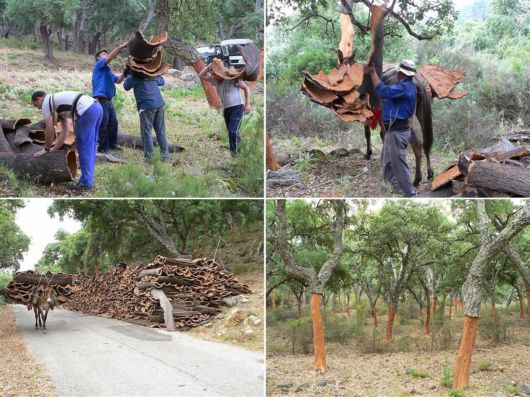
The extractors must be skilled at their job. They make two cuts to the tree. The first is horizontal and is cut around the tree. This is known as the necklace and the incision is made at a height around three times the circumference of the tree. Then a series of vertical cuts are made which are called openings or rulers. This is the point at which the extractors must use the most strength but at the same time be at their most gentle. They push the handle of the axe in to the rulers and prise the cork away.
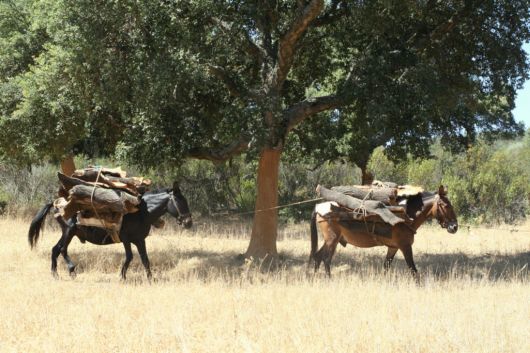
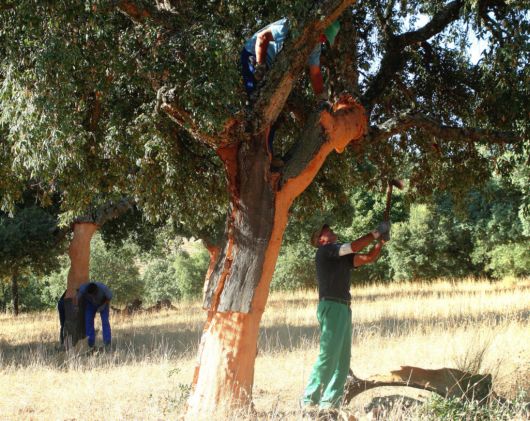
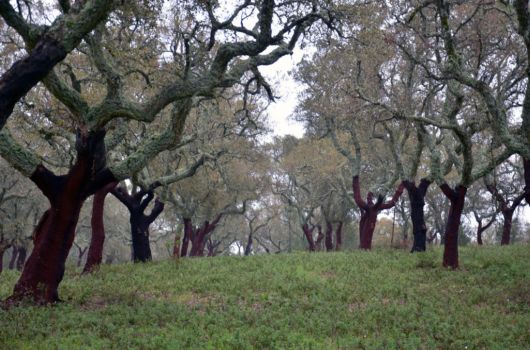
If the cuts are too deep or impatiently done then there is a risk that the phellogen of the tree will be damaged. This is the cell layer which is responsible for the development and growth of the periderm of the tree ? its bark in other words. Damage this and the tree will produce poor or no cork in the future: it may even die. So strength and gentleness must be used in equal measure during the extraction.
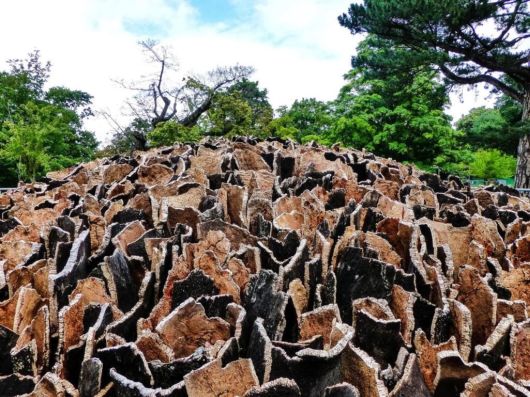
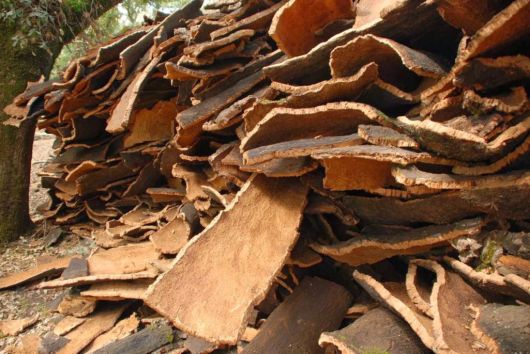

Once the cork is extracted it is stacked in layers and left to dry out. Once that has taken place it is taken to be processed. The technique used leaves the trees alive and the environment intact ? cork production is said to one of the most eco-friendly and recyclable harvests on the planet.

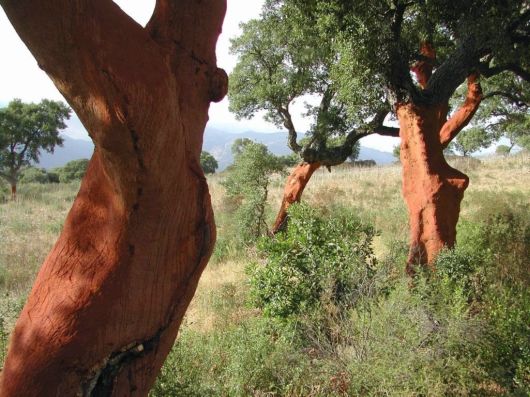

Not only is cork easy to recycle. The trees prevent the local environment from becoming arid and so actively help to maintain rare ecosystems. Not only that, but the cork forests of the Iberian Peninsula are home to a number of endangered species which would find it much harder to thrive without the presence of the cork oak forests.



Although 60% of the cork extracted is still used for bottle stoppers (despite the recent predilection for using alternatives) cork is an essential component of a number of other things too. If you are a fan of badminton, then without cork you would no longer be able to play ? it is a vital component in the manufacture of shuttlecocks. More sports rely on it too ? the centers of baseball and cricket bats are made of cork.



Cork is also a great material to use for insulation. It is non-allergenic and easy-to-handle and if it does catch fire, its fumes are not toxic like man-made insulation materials. The different segments of woodwind instruments are fastened together by pieces made from cork and not only that ? the baton of your concert conductor will most likely also be made out of this versatile material.



Cork has many other uses, too, including components of the fairings and heat shields of spacecraft. Yet ultimately, the fascination is in its production, which leaves so many trees stripped and bared to the elements and which gives the landscapes of parts of Spain and Portugal such a unique appearance.


